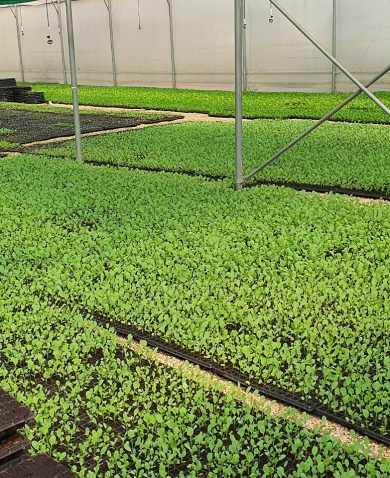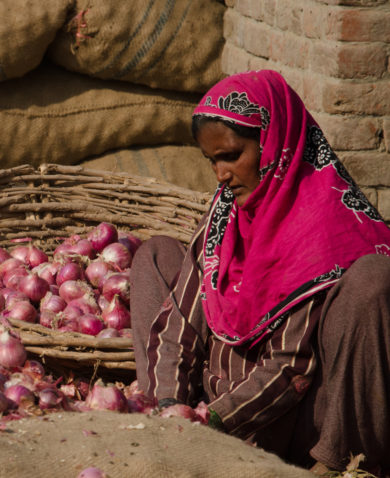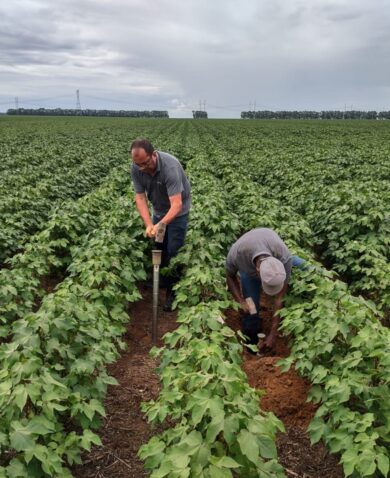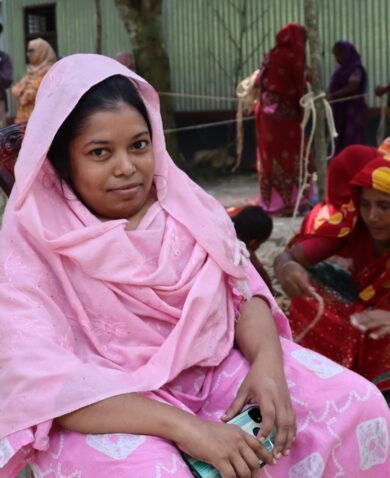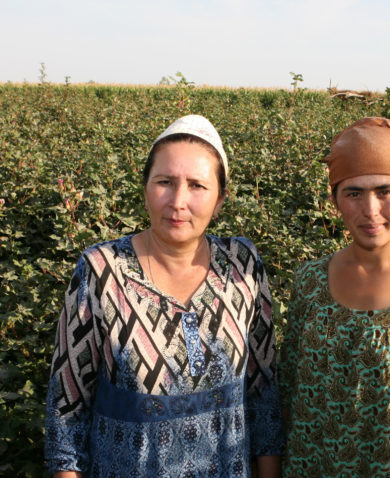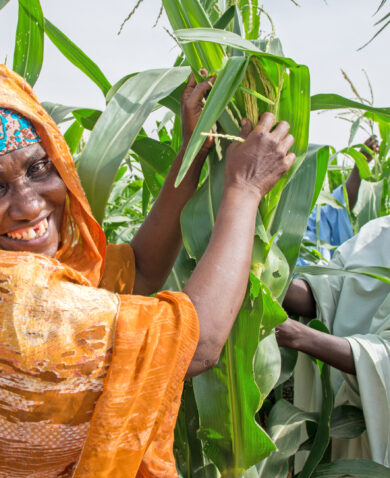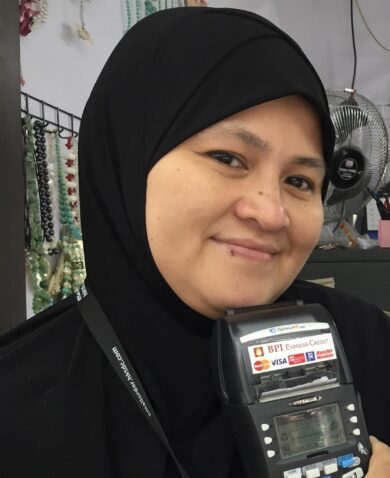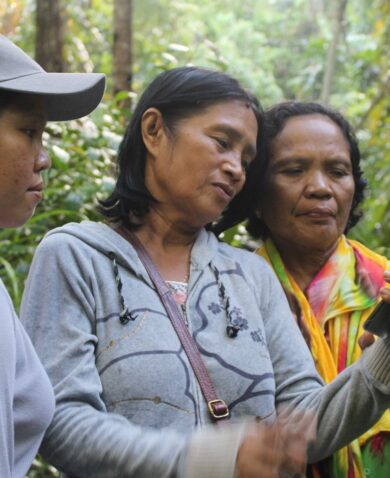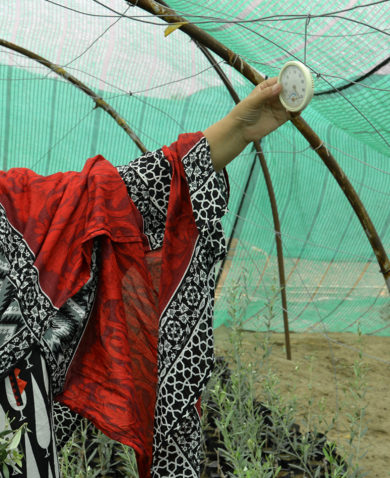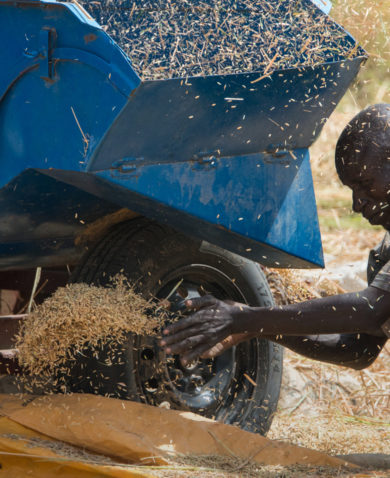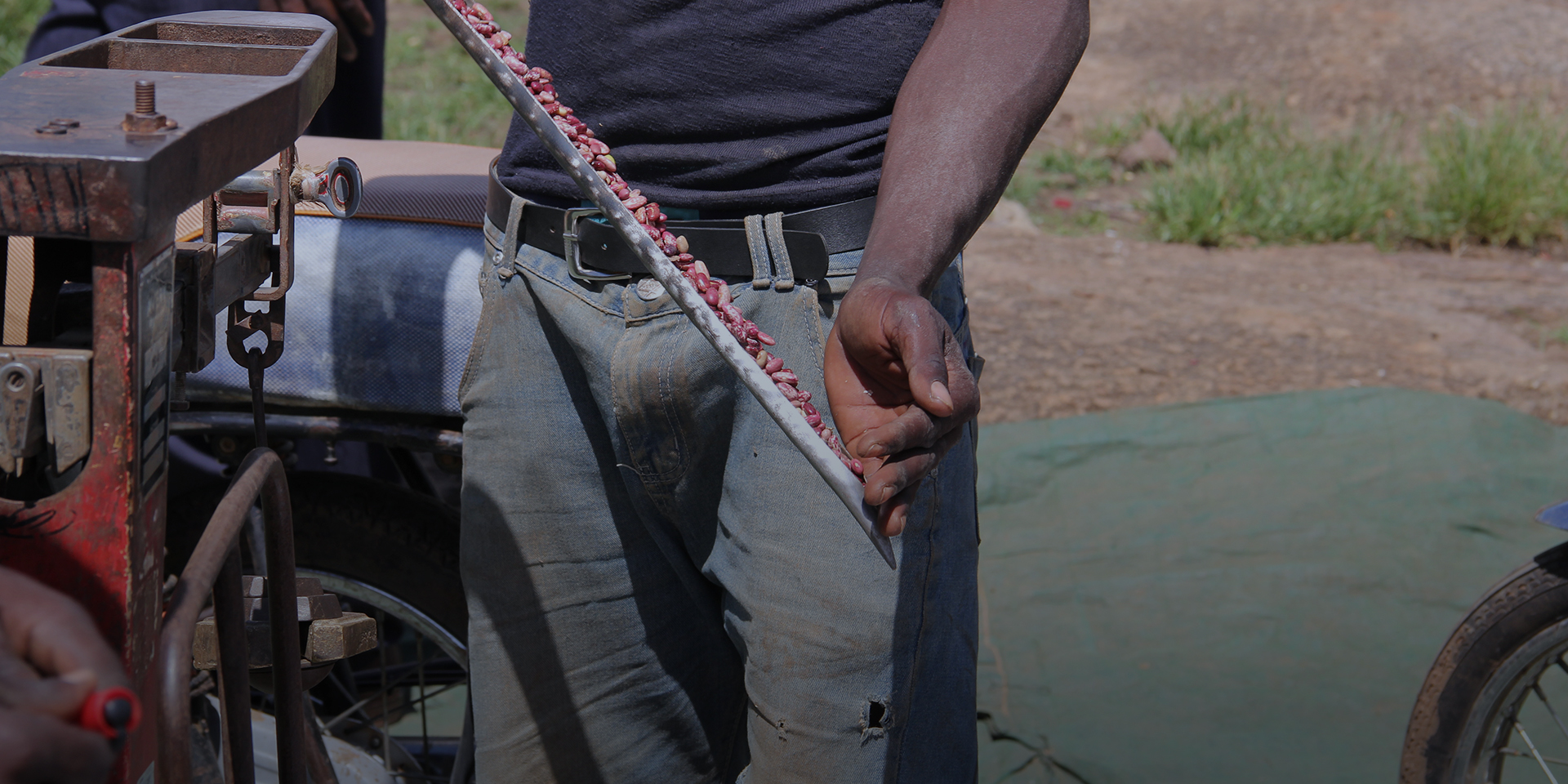
4 Best Practices to Make Agriculture Insurance More Available and Affordable
May 29, 2018 | 3 Minute ReadAgriculture insurance is a critical tool to help farmers mitigate risk, but expanding access to it is no small challenge. Expert Peter Nash shares four best practices from Uganda that are in line with a newly released guide from Feed the Future.
This post originally appeared on Agrilinks.
Farming is a risky livelihood throughout the world. But for smallholder farmers in particular, productivity and food security are defined by risk. “Good years” are defined by adequate rains, and “bad years” by drought. In Uganda, where 70 percent of the population is employed in the agricultural sector, the impacts of drought, flood, disease, and pest outbreaks can have a catastrophic effect on food security and the economy. Moreover, the majority of smallholder farmers do not have access to key risk management tools such as agricultural insurance.
Agricultural insurance can mitigate risk for smallholder farmers, helping them prepare for their next harvest and withstand the risks of a “bad year.” But agricultural insurance is difficult to access for small-scale farmers. Insurance providers simply have not penetrated rural areas. To begin to solve this challenge, the Feed the Future Uganda Commodity Production and Marketing Activity (CPM) collaborated with the Uganda National Farmers Federation and wholesale insurance provider, Swiss Re Group. Together, they advocated the importance of agricultural insurance for smallholder farmers to the government of Uganda. As a result, the government of Uganda agreed to commit approximately $12 million in agricultural insurance subsidies between 2016 and 2021. What’s even more exciting is that under the program, 50 percent of insurance premiums are subsidized for small-scale farmers.
While subsidies make agriculture insurance more affordable, subsidies alone do not make insurance accessible. Hard-to-crack barriers still remain between farmers and insurance uptake. Lack of awareness or understanding of insurance persists among most farmers, and providers often have limited rural market penetration. CPM understood that affordability was just the first step to uptake and convened a group of private- and public-sector partners to break down these access barriers. The group determined that pairing digital financial services with agricultural insurance could help farmers more easily access insurance. Applying digital finance solutions was the obvious choice because digital channels offer insurance providers the opportunity to leverage existing mobile networks to reach rural clients, simplify enrollment processes, and streamline premium payments and claim settlements for farmers.
But beyond just using digital financial services, the group realized it needed an agent to interface with farmers and explain what insurance was and how to use it. In Uganda, a natural intermediary already existed: village agents. “Village agents” (also known as rural agents, brokers, and rural aggregators, among others) are the main interface between farmers and buyers such as exporters, processors, traders, and apex farmers organizations and provide pre-production, production, post-harvest, and marketing services to farmers. Adding insurance into their portfolio was a logical and low-lift step.
To move the idea forward, CPM brought more partners on board: the Ministry of Finance, Planning and Economic Development; Akorion Company Ltd.; insurance companies; digital finance service providers; and tech companies with rich experience. These partners developed a mobile platform to enable village agents to enroll farmers in agriculture insurance. The platform allows farmers to pay premiums and receive claim settlements via mobile money. Through the platform, village agents can monitor farmers’ crops on behalf of insurance companies, lowering monitoring costs for insurance companies and reducing farmer insurance premiums from $29 to $16 per acre, per season. To date, and through a network of 650 village agents trained in agricultural insurance, Akorion, the local partner, has enrolled 33,132 farmers in agriculture insurance.
The success of this initiative demonstrates a number of important considerations included in the recently released Using Digital Tools to Expand Access To Agricultural Insurance guide developed by Feed the Future.
1. Identify an entry point: CPM and its partners leveraged village agents as intermediaries between smallholder farmers and insurance brokers. Village agents’ unique placement enables them to raise awareness among farmers on the benefits of agriculture insurance and enroll farmers on the spot. Through processing premium and claim settlements via mobile money, they can eliminate risks associated with large cash transactions. Additionally, village agents reduce overhead costs for insurance brokers, thereby increasing the overall affordability of insurance premiums.
2. Seek buy-in: CPM secured the buy-in from a variety of public and private-sector partners to develop digital solutions that meet the needs of smallholder farmers.
3. Increase access to credit: Since insurance reduces the risk of loan default in the event of catastrophic production losses, it is increasingly required by financial institutions to extend credit to smallholder farmers. Without access to credit, it is difficult for smallholder farmers to secure genuine inputs, agricultural equipment, and post-harvest handling services to improve the productivity and quality of their yields. CPM’s insurance initiative helped farmers take a key step towards securing credit.
4. Mitigate risk comprehensively: In Uganda, village agents were already helping farmers mitigate risk through adoption of drought-tolerant seed varieties, climate-smart agriculture practices and technologies, and improved post-harvest handling and storage practices. Increasing access to agricultural insurance is just one of the many risk management tools in village agents’ portfolio.
In a country where agriculture contributes more than 24.4 percent to the overall gross domestic product, and agricultural exports account for 46 percent of total export earnings, agricultural insurance is a key tool to help farmers begin to reduce their risk and pave their way to increased resilience.
This blog is posted in a series on Agrilinks to raise awareness on the guide, Using Digital Tools to Expand Access to Agricultural Insurance. Read the first blog here: How Can Digital Tools Improve Access to Agricultural Insurance? Read the second blog here: AMA Innovation Lab and D2FTF Use Digital Tools to Break Down Barriers to Agricultural Insurance.





